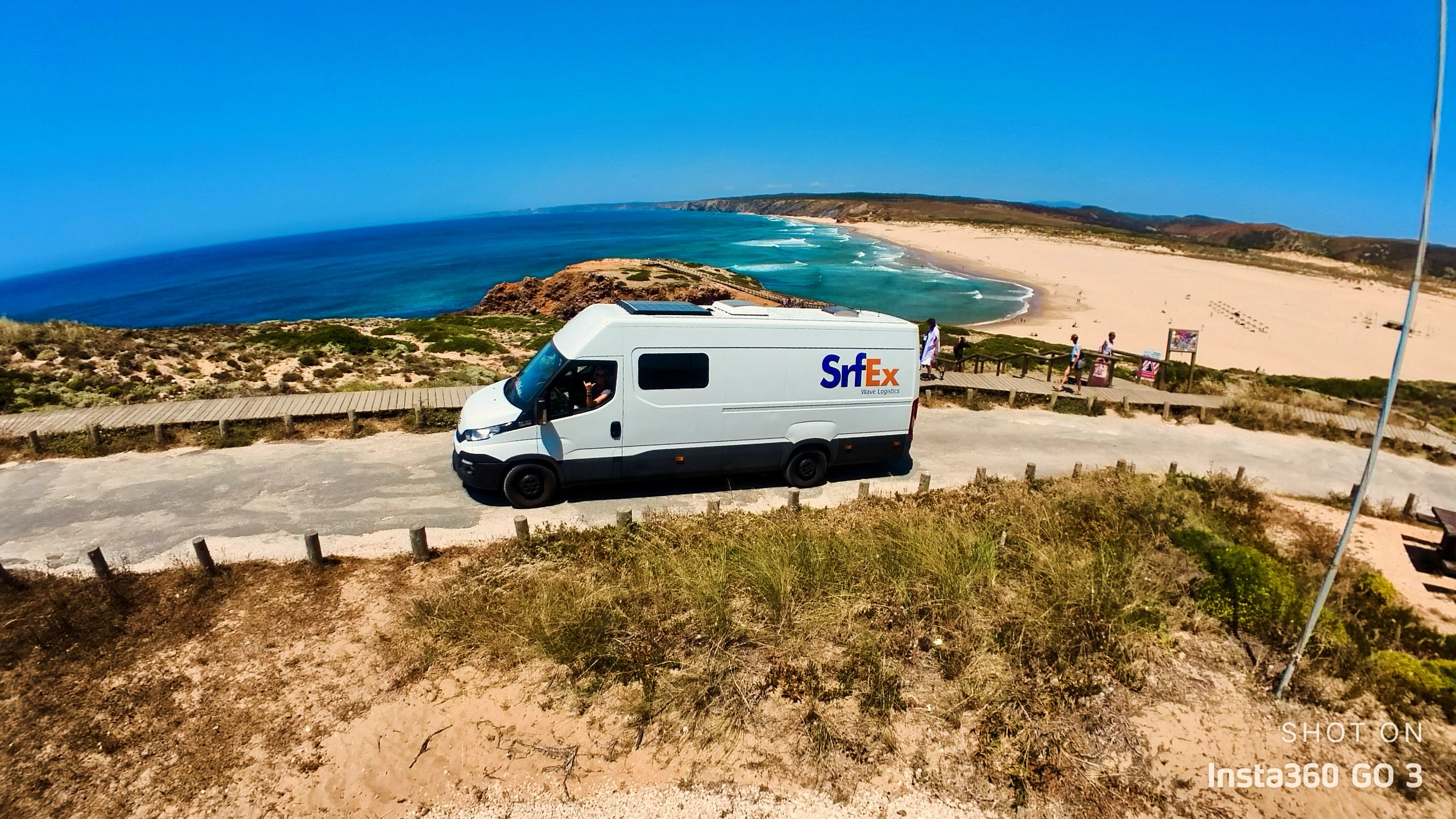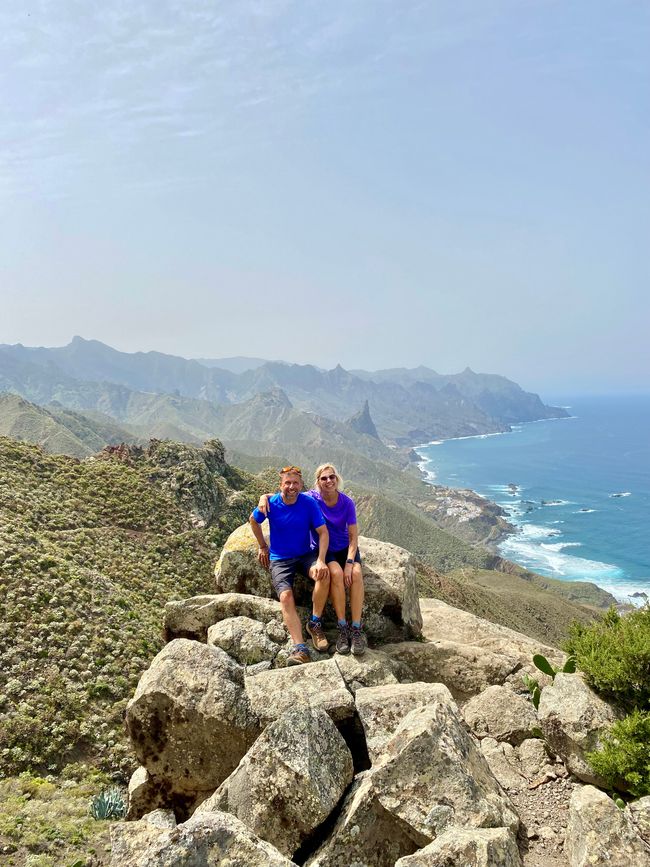
Coastal Nomads - Suzi, John & Betty
vakantio.de/coastal-nomads-suzi-john
Day 128 - Distance 7,520 km - Portugal/Algarve, a cold welcome for us!
Byatangajwe: 05.06.2024

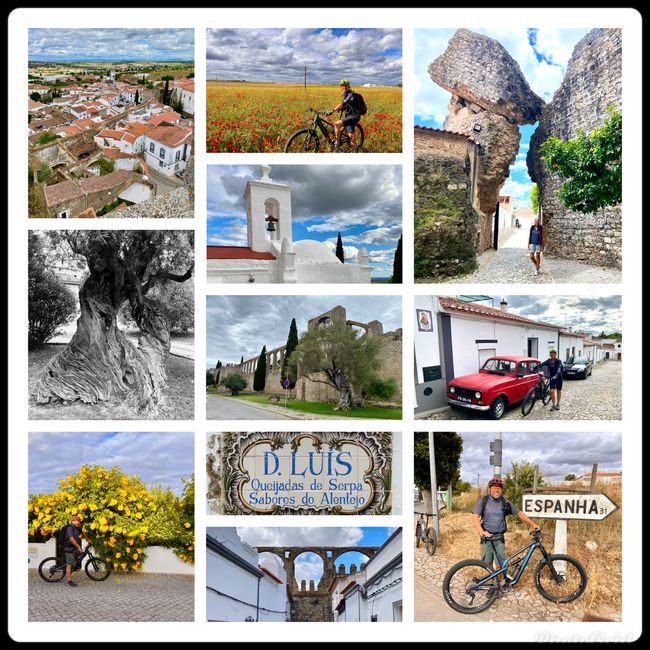
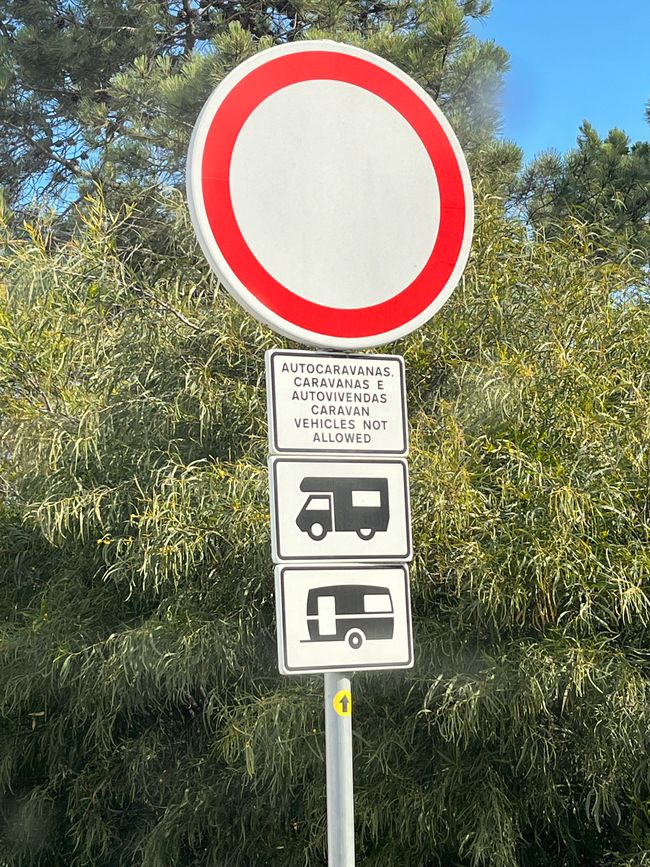
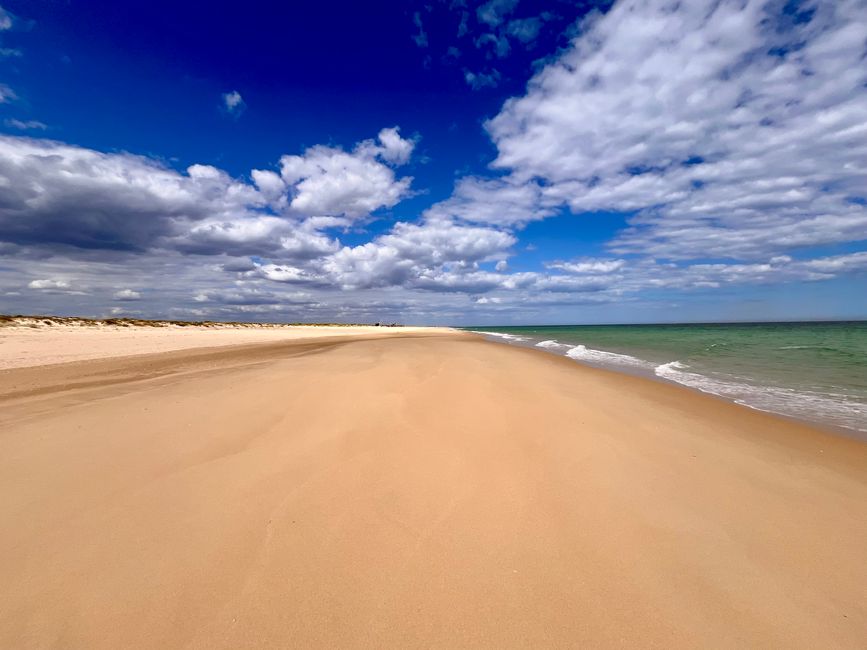
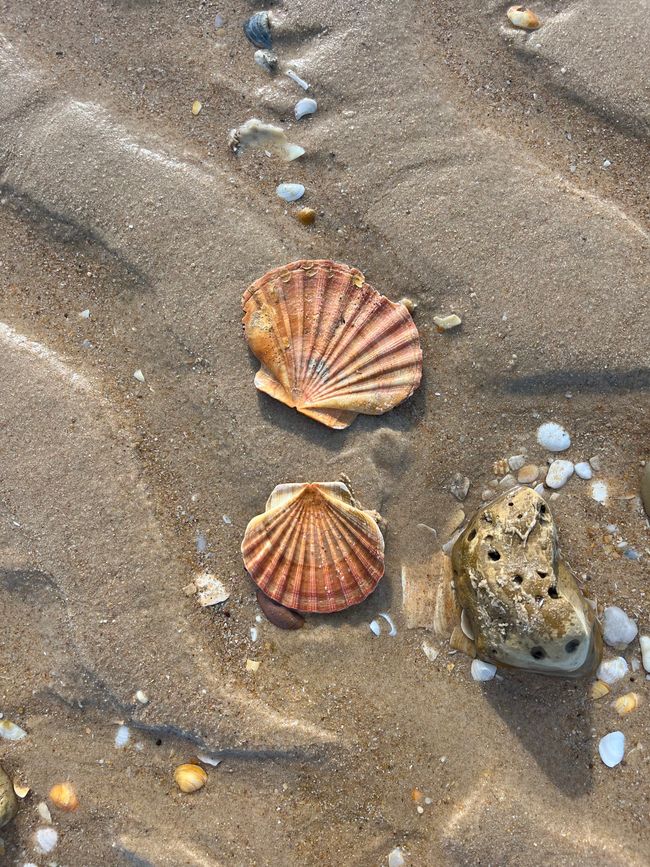
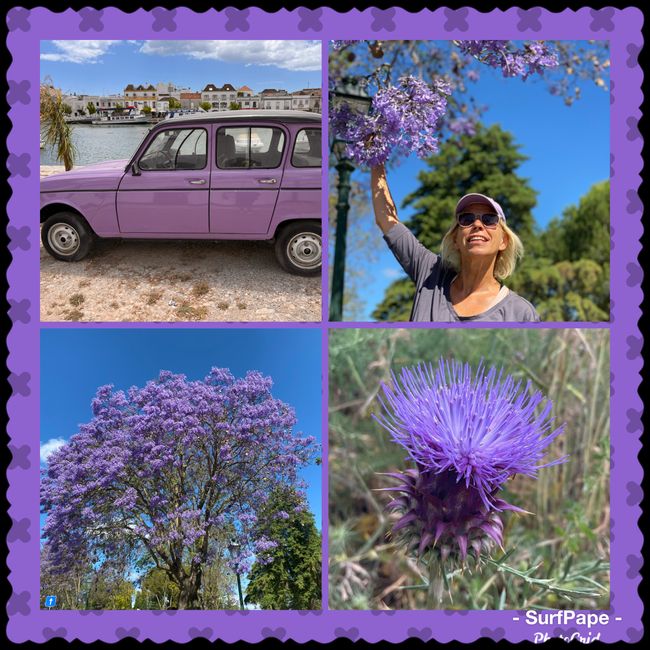
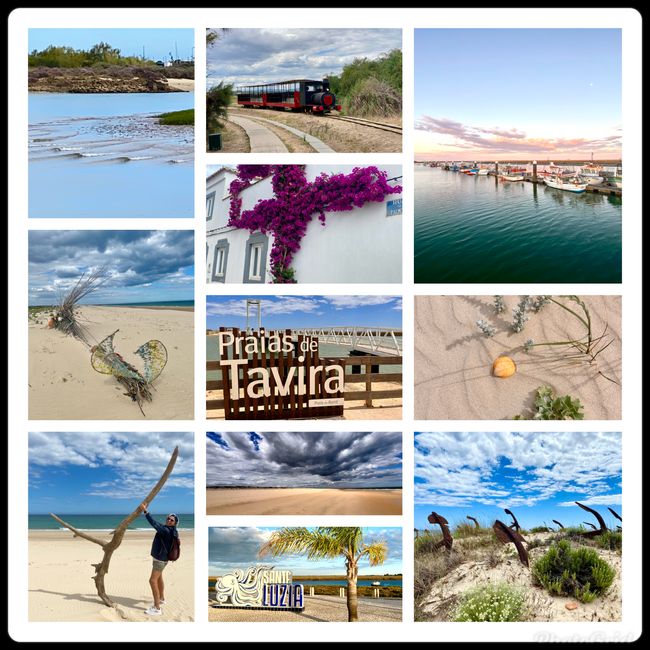
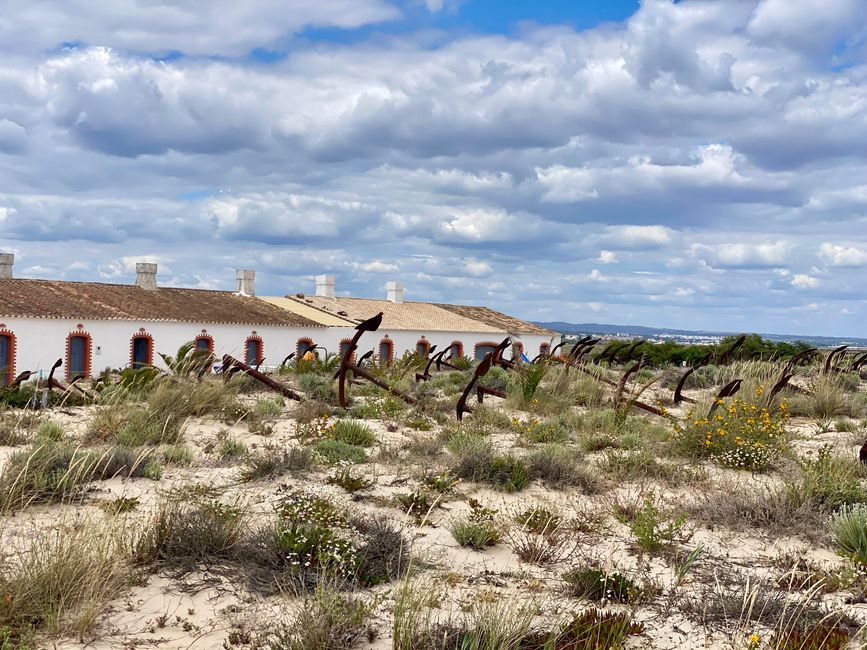


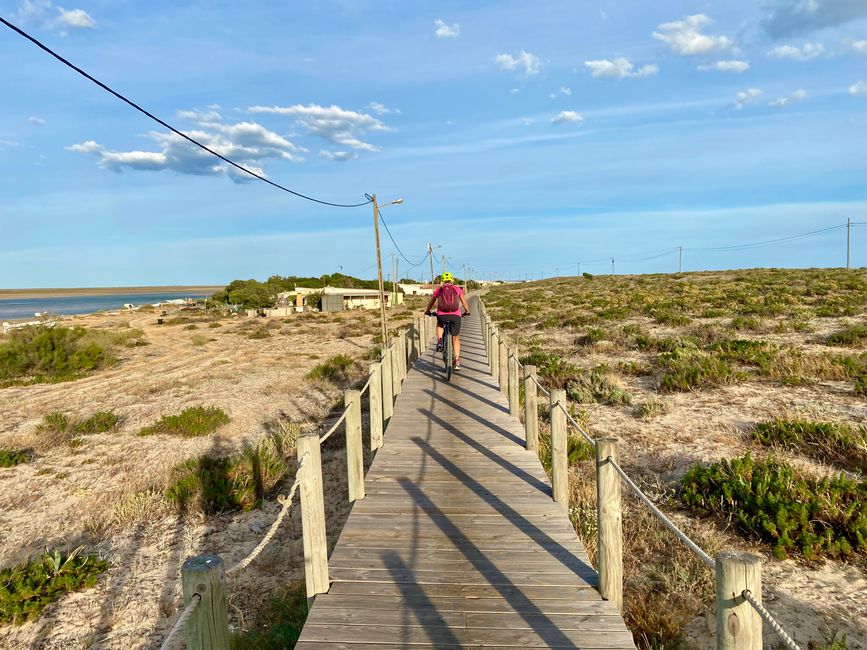
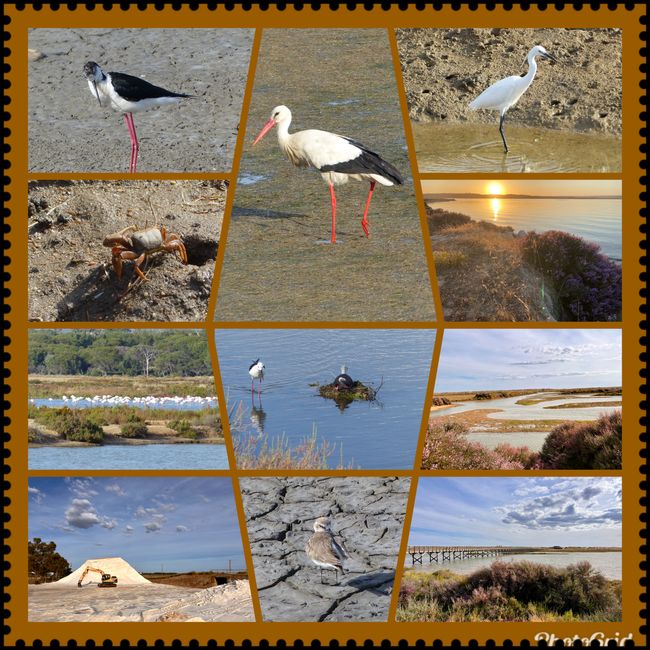

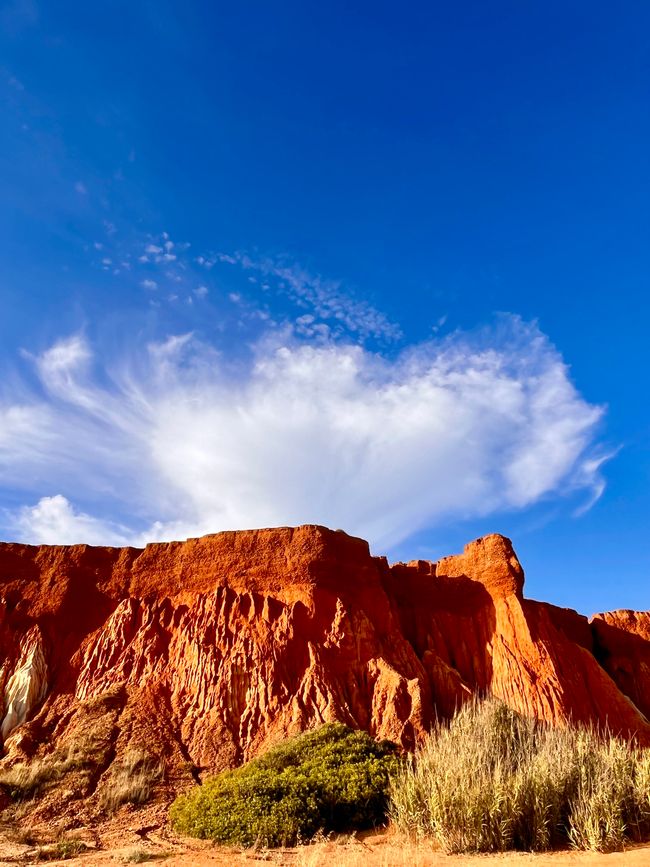
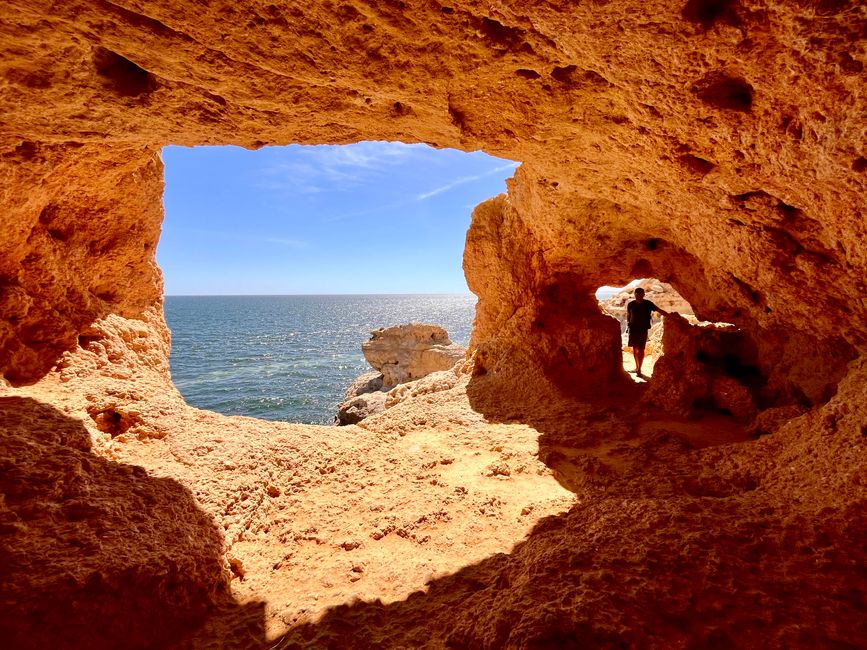
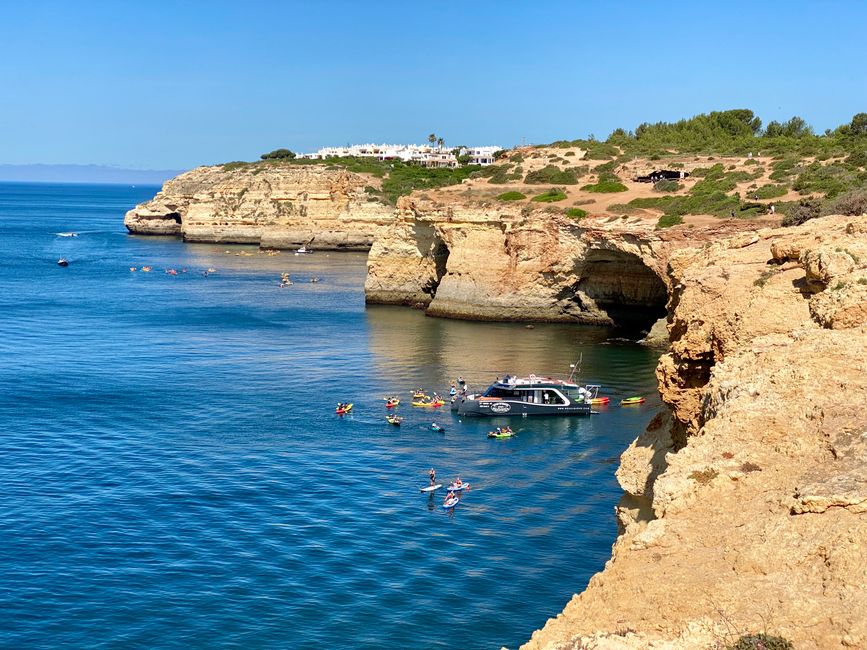


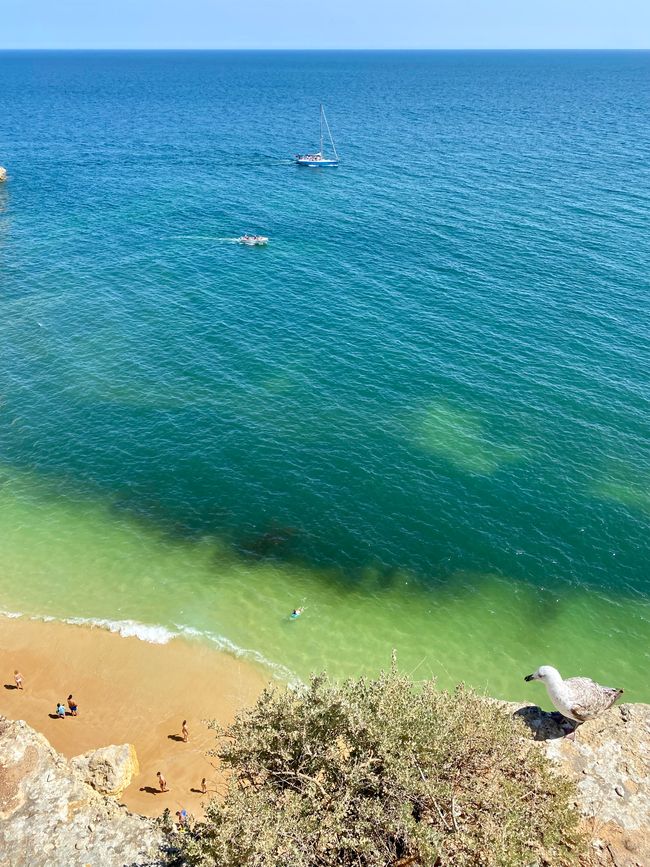
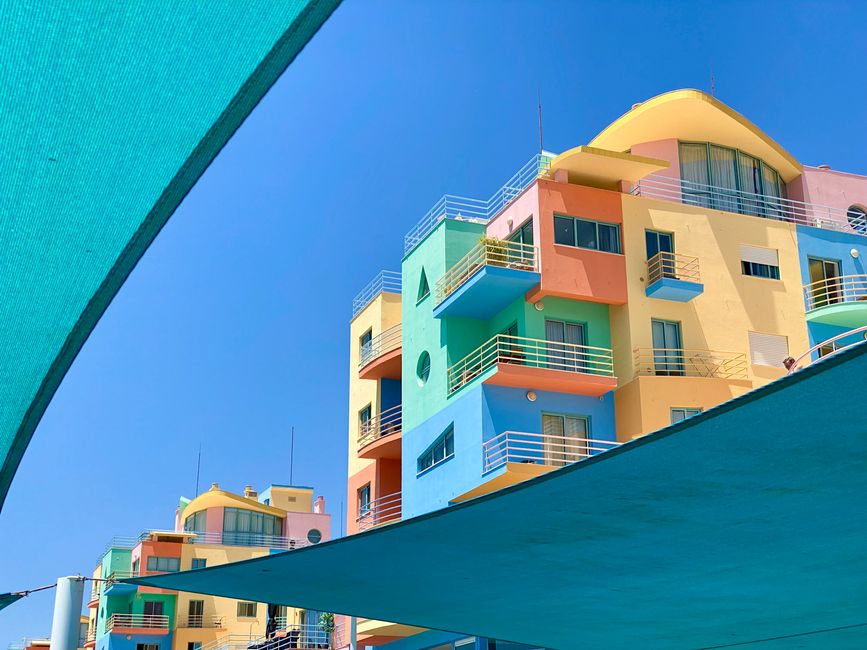
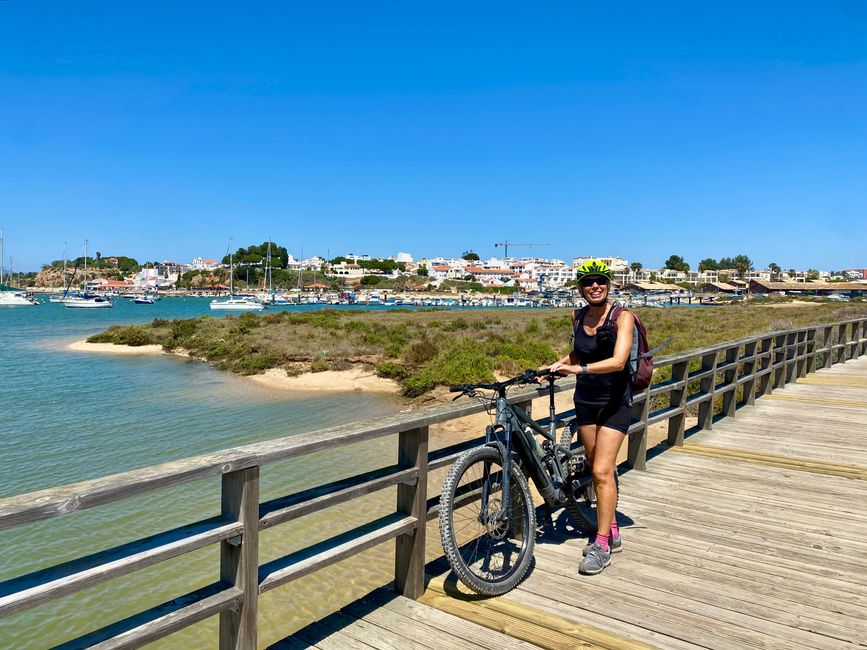
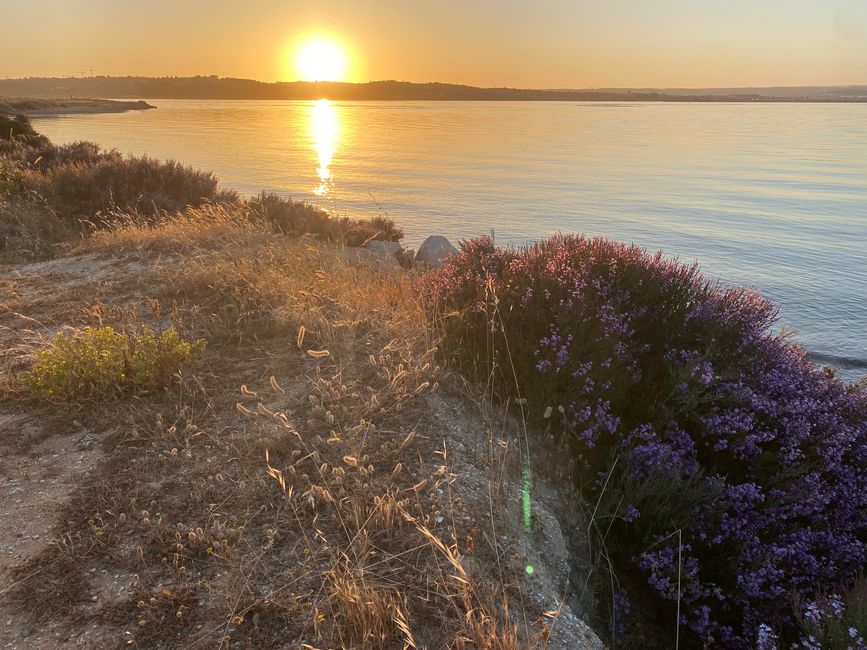

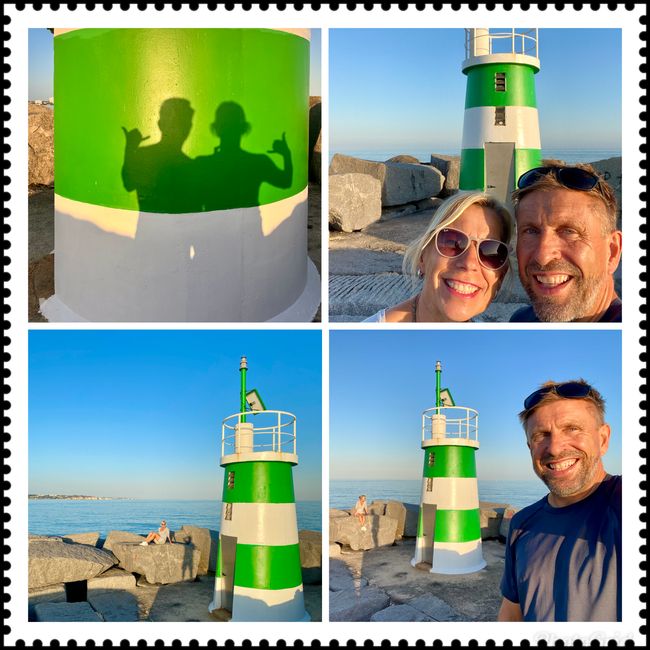
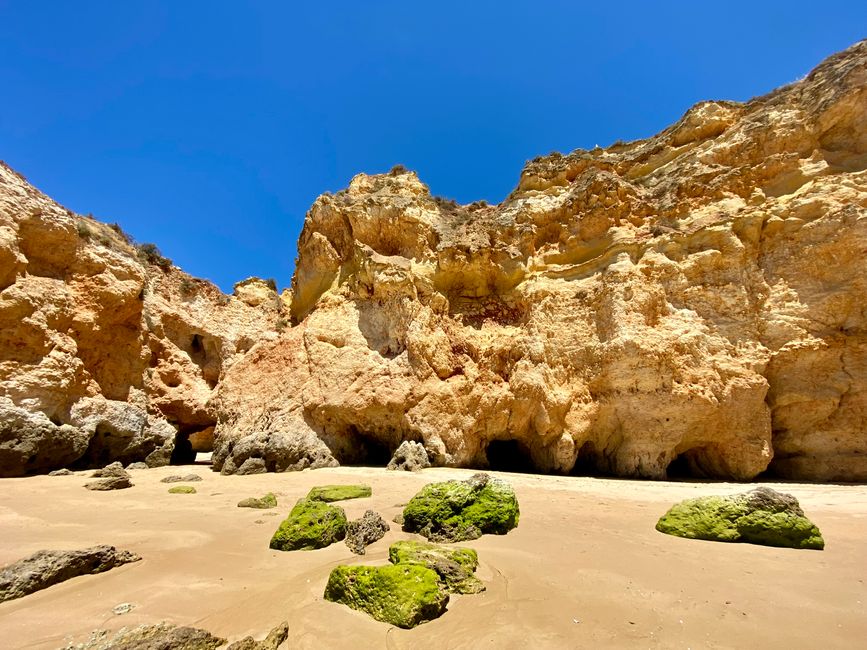
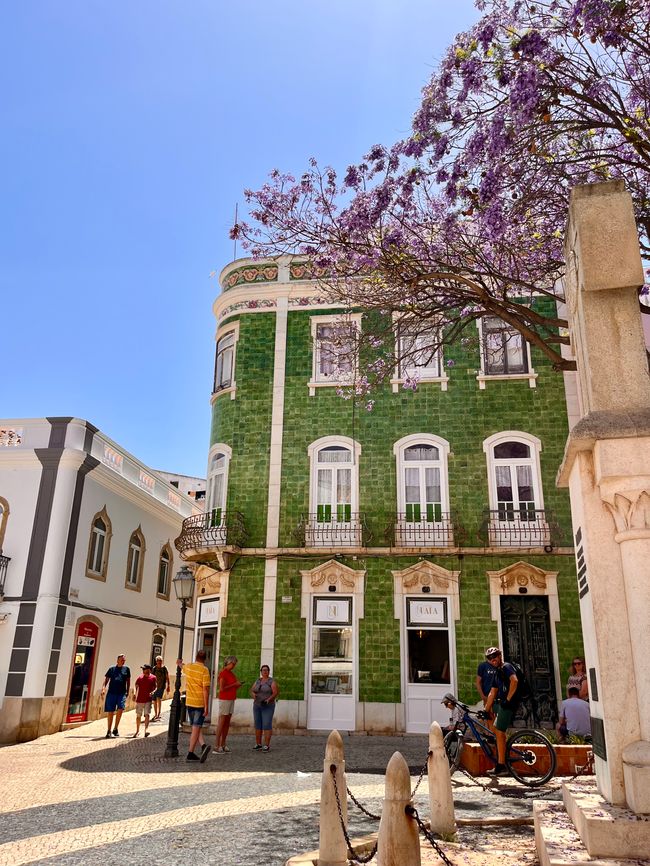
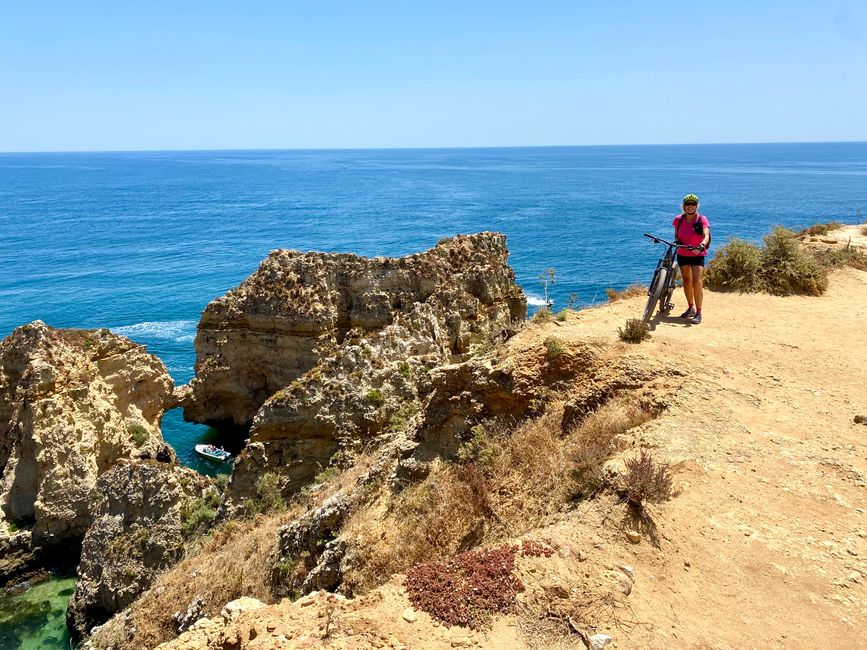
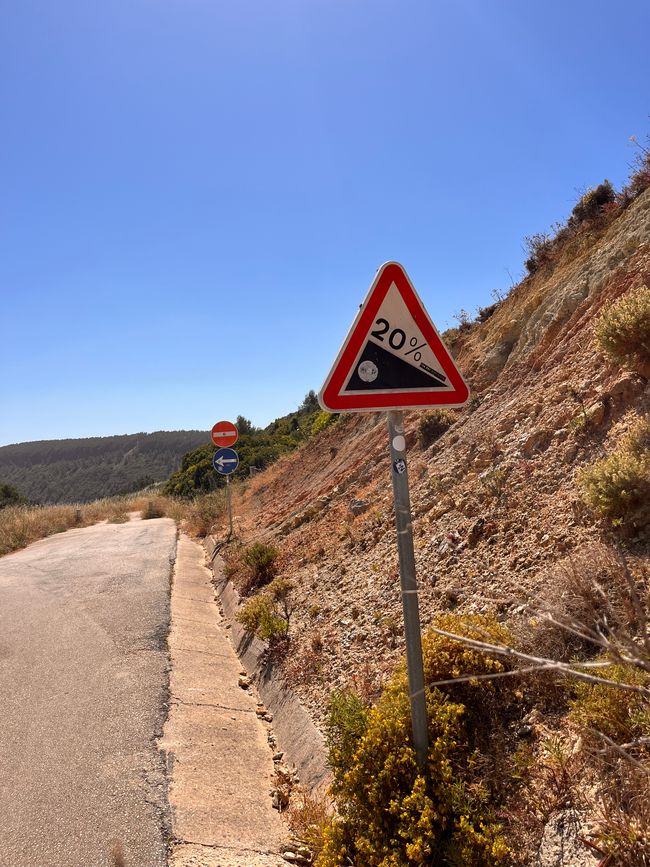
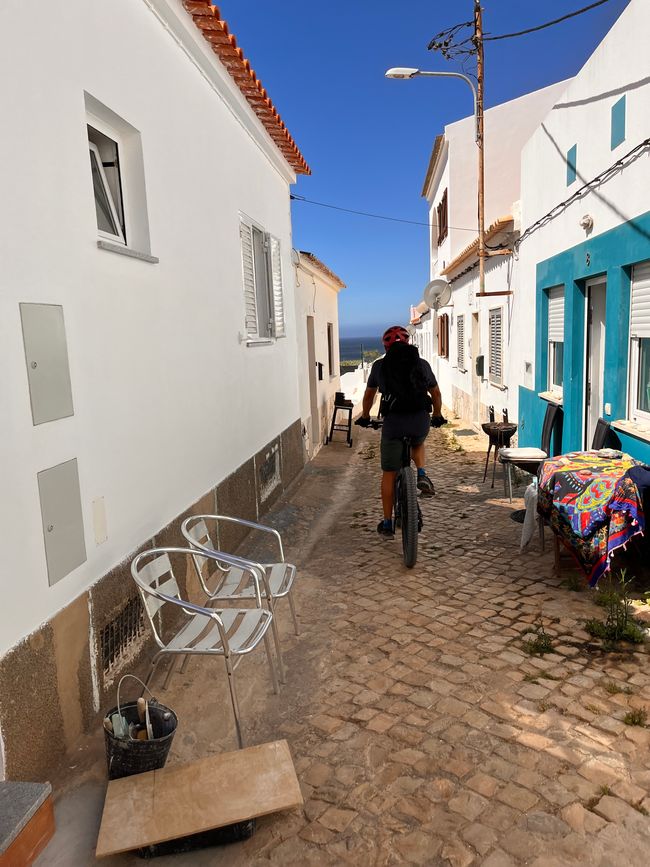

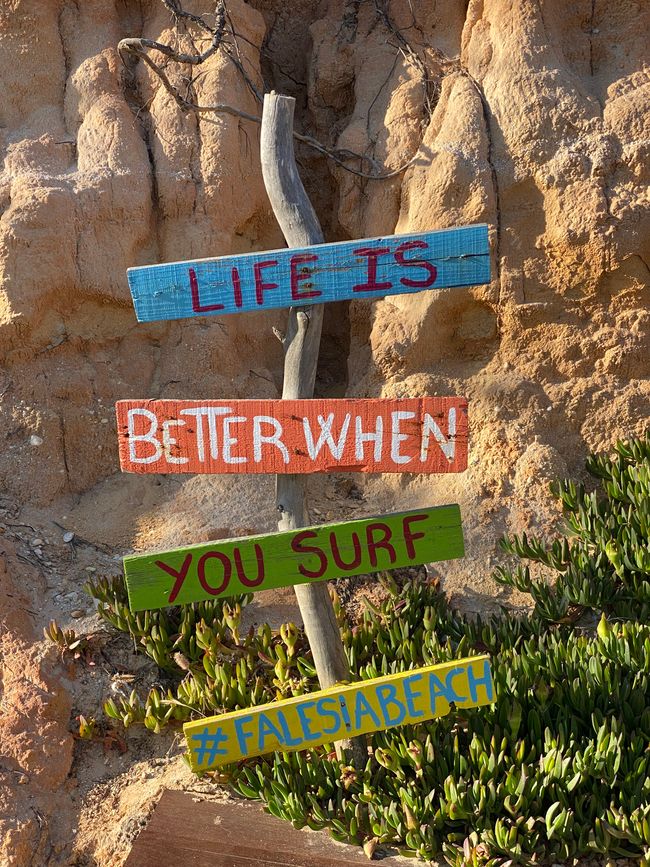
Iyandikishe mu kinyamakuru
On May 16th at 7:30 we roll off the ferry in Huelva (mainland Spain) after a 35 hour crossing. Our wonderful time on Tenerife is now finally over.
After so much sea and coast, we think that a trip into the interior of Portugal can't hurt to start with. Our Portugal road trip guide recommends Serpa, a small town in the Alentejano region about 100 km inland. We cross the Spanish-Portuguese border all alone on a small country road in the middle of nowhere. And then we're both in Portugal for the first time in our lives! For reasons unknown to us, we've skipped Portugal on all our trips through Europe.
Serpa is a nice little town with an ancient aqueduct that dominates the townscape. There is a lot of agriculture in the gently rolling hills around Serpa. Huge olive tree plantations in LPG format dominate the picture. We go to a local Camping Municipal for two days here (for the first time since we left HH). Nicely laid out, right in the town and really cheap at €10 per night! We are still trying to get an idea of the subject of freestanding or wild camping in Portugal. The information online varies widely, from "completely banned since Corona, fine of up to €2,000" to "not so bad, things have calmed down again".
We spend two days in and around the quiet and tranquil town of Serpa, sightseeing and biking. The Guadiana, one of the three largest rivers on the Iberian Peninsula, is nearby. There is a relatively large amount of water here in the form of rivers and small lakes. After Tenerife, this is very unusual for us. The cold is also unusual; at night the thermometer drops to just under double figures. We get our warm sleeping bags "out of the basement" again.
But now we're heading back to the coast, well equipped with a small library of travel guides that Katrin and Max (our nice CP neighbors in Serpa and almost at the end of their road trip) have lent us on temporary loan. Thank you both!
We trundle along small country roads (we want to avoid motorways as they are toll roads) towards the Algarve coast and take a short lunch break in Mertola, a small town with an ancient Moorish fortress that stands high above the Guadiana River. There we meet Susanne and Reinhold from HH-Hummelsbüttel, quite by chance, who we already met in Tenerife and who are now doing a tour of the Algarve. It's a small world!
Finally arriving at the coast at the easternmost tip of the Algarve, we are faced with a (not entirely unexpected) sobering realization: every time we want to turn off to the beach or the beach parking lot, access is prohibited for motorhomes! So not only is spending the night near the coast prohibited, but even access to the beach is prohibited! No beach in sight... We are becoming increasingly frustrated.
A little further along the coast in Manta Rota we find a beautiful, legal and very cheap parking space right on the beach. Friends of my parents regularly spend the winter on this site with their motorhome. There isn't much infrastructure, but there is a laundry service(!) that will pick up the laundry to be washed directly from the motorhome if necessary. The sun is shining, a stiff, cold wind is blowing, but we still want to go into the sea and swim. There are no cliffs in this part of the Algarve yet, it looks like Denmark: flat dunes and an endless sandy beach. And the water is cold, even colder than we feared.
The cold wind continues for the next few days. What's more, in our first few days in the country we found the Portuguese to be rather reserved and taciturn. Their driving style on the road is also different, more aggressive. Completely different to that of the Canarians (see Tenerife - ZDF - Numbers, Data, Facts ). In the evening we both sit in our van Betty and think the same thing: Portugal and we haven't warmed up to each other yet!
We now have a somewhat clearer picture of freestanding and wild camping: Due to the Corona-induced flood of mobile homes in Portugal, freestanding has been severely restricted, but is still possible. It is prohibited in the immediate vicinity of the coast (closer than 200-300 m to the coast), in all nature reserves and of course everywhere where it is explicitly prohibited by appropriate traffic signs (and there are quite a few of them!). Otherwise, you can stay in one place for up to 48 hours, but without "camping behavior" (e.g. table, chairs, awning and grill outside). Many communities have fallow land or somewhat more remote parking lots where they tolerate freestanding. Good tips can be found in the absolutely indispensable app "Park-4-Night", on which the van community shares all the latest information on parking spaces, parking lots, disposal options, washing centers, etc.
We travel further along the Algarve coast. It does not yet correspond to the classic image from the travel guide with the reddish cliffs. Rather, it is a charming saltwater lagoon landscape with huge sand dune islands and beautiful beaches. Just behind Tavira, from the village of Santa Luzia, you can reach Praia do Baril, which is off the coast, with a short hike and an antique dune train. Tuna was caught there until the 1950s. The tuna were herded together using gill nets that were anchored in the sea with numerous anchors. The fishermen and their families lived on the island for 6 months during the season - a tough job! Today the anchors in the dunes make a fantastic photo opportunity. During the walk on the beach, Suzi spots hunting dolphins off the coast, we are so captivated that we forget to take photos. Of course, we meet Susanne and Reinhold here purely by chance. It'sa...
Next we visit Faro and the Parque Natural da Rio Formosa. Countless wild birds live here, including flamingos and many of the white storks that we are very familiar with. Sea salt is also mined here in huge quantities. The nature park can be crossed by bike or by boat. We do both. Between Faro with its beautiful old town and the national park lies the main airport of the Algarve, Faro Airport. Planes sometimes land and take off here every minute. The flamingos and co. don't seem to mind. It's not pretty to look at and it's very loud. We look around Faro for an hour, it's quite nice, but we're just not "city tourists". Here we notice for the first time how English-dominated the Algarve is. It feels like 80% of the tourists come from Great Britain, many restaurants only write their signs in English and/or have English restaurant names. Surprisingly, there are also a lot of tourists from the USA! The price level is accordingly, a large beer costs €5, we think wistfully of Tenerife. Portugal, we just can't get warmed up yet...
We continue on to Falesia. In the late afternoon we want to swim in a beautiful, huge and lonely beach car park, eat something and then look for a place to sleep (not there). We have barely parked when a Frenchman comes up to us from a van that is also parked there. The GNR (Guardia Nacional Republicana, a paramilitary police unit) had already been there and all vans/mobile homes had to leave the car park by 9 p.m. Since we were planning to do that anyway, it was no problem for us. While we were eating at around 7:30 p.m. the GNR comes by again and warns us - not unkindly - to leave by 9 p.m. We do that, we don't want to risk a fine of up to €200. We spend two nights undisturbed in the central car park in the center of Falesia. Here in Falesia the famous red sandstone cliffs of the Algarve "finally" begin, very photogenic, especially in the evening light. We visit the well-known town of Albufeira as part of a bike tour. From further out, it is beautifully situated in a rocky bay, but in the town itself, unfortunately, "Ballermann" tourism dominates.
Our next destination is Benagil. On the coast of Benagil there is an absolute tourist highlight of the Algarve and Portugal: the Algar de Benagil! A huge sea cave with a partially collapsed ceiling that is only accessible from the sea. It is so big that boats can drive in. From the cliffs you can see into the cave from above. How do you know that you are in a tourist hotspot in Europe: A group of around 50 Chinese tourists march in front of us, all with selfie sticks, completely masked against the sun and some even with FFP-2 masks! They probably have exactly 45 minutes for this highlight in their "Europe in 7 days" tour program. All hell breaks loose on the water, excursion boats, rubber dinghies and lots of kayaks jostle in front of the cave. There is even a police boat on site to keep order! As always, the "tourist density" decreases with every meter of distance and we find a little dream bay a little further on, which we share with a small handful of others. Here we particularly notice that the entire southern Algarve suffers from a massive (and well-known) algae problem, the water is often not the blue of the advertisement, but unfortunately greenish or brownish.
We continue along the coast to Alvor (just before Lagos). This place was highly recommended to us and we are not disappointed. On the one hand, free parking is tolerated in a large car park between the town and the beach. Next to the car park is the local sports centre, where we do our morning exercise (it's not always easy to find suitable places for this, often it's just not so nice in front of the van). On the other hand, Alvor itself is very attractive and is uniquely beautiful between a picture-perfect cliff coast with wonderful bays that can only be reached through rock tunnels, an endless sandy beach and a unique saltwater lagoon landscape. The lagoons in front of Alvor are a hotspot for kitesurfing, as a thermal wind blows here regularly. The water is too shallow for windsurfing. We are really in love with Alvor and stay for a total of three days. Next to us are two Germans with their mobile homes who have been "on the road" for years. Again, it's very interesting to find out what lifestyles there are that make such a life possible.
On our journey we take a bike tour to Lagos. The old town with its small alleys and tiled houses is picturesque, but we are somehow not "city tourists"...
By now we are longing for a shower with warm running water and we also need to do some laundry. Although we both took very few clothes with us due to lack of space, we realise that we are only wearing half of the clothes we brought with us, i.e. our favourite pieces. In the small coastal town of Burgau we find a small motorhome parking space for €15 a night with hot showers and washing machines! Some young Portuguese people have set up this nice parking space with a lot of enthusiasm and a bit of improvisation. We stay two nights. From Burgau we go on lovely bike tours in the surrounding area. Burgau itself is relaxed and not overly touristy due to the lack of hotels. The cold wind dies down and it gets warm, sometimes even very warm. Our next destination is Sagres, the westernmost tip of mainland Europe and surfer's paradise.
By the way, we are slowly getting the feeling that we can warm to Portugal!
SEQUEL FOLLOWS
Iyandikishe mu kinyamakuru
Igisubizo (4)
Sascha
Mal wieder ein interessant verfasster Reisebericht der Coastal Nomads 👍🏻 Sehnsüchtig haben wir euren Blog gelesen, nach dem wir im (relativ( kalten/nassen Bayern zurück sind. Ja, und schon scheint auch draussen wieder die Sonne 😉Nadja
Tauche immer wieder gerne in eure Erzälungen ein 😎Koli
Schön zu hören, dass Portugal noch eine Chance bekommt 😜Katrin
Hallo ihr Lieben, mit der Wärme werdet ihr langsam warm mit Portugal! Das gefällt uns sehr gut, mit euch reisen zu dürfen und eure r Schreibstil ist so schön bildhaft. Viel Spaß noch beim Entdecken. Wir freuen uns auf den Norden, der uns mangels gutem Wetter bislang verborgen blieb. Liebe Grüße, Max und Katrin 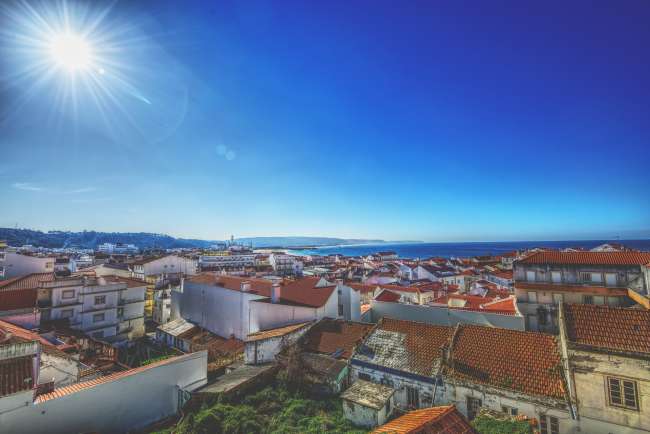
Raporo yingendo Porutugali
